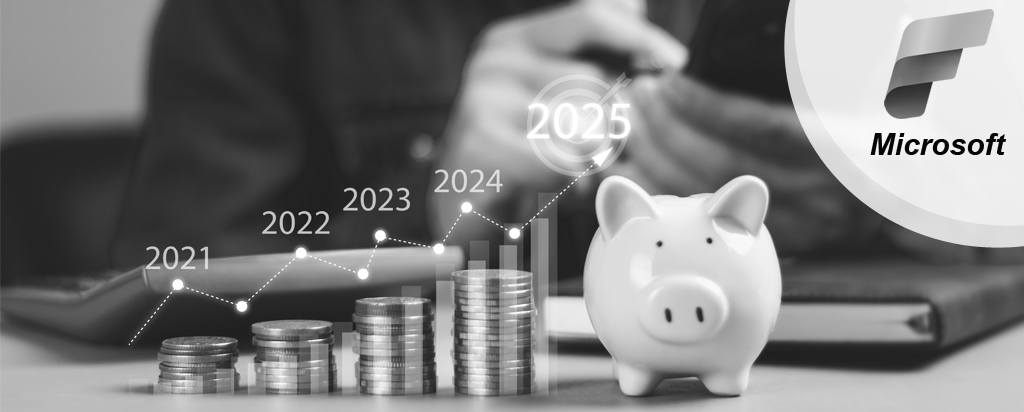Unlocking ROI with Fabric: Beyond BI to a Unified Data Strategy
Unlocking ROI with Fabric: Beyond BI to a Unified Data Strategy
The mandatory transition from Power BI Premium to Microsoft Fabric might seem like a simple license change, but viewing it that way misses the biggest opportunity. The true return on investment (ROI) from Fabric comes not from simply running your Power BI reports on a new backend, but from embracing it as the unified data platform it is designed to be.
Break Down the Silos: The Power of a Single Platform
Historically, a typical analytics workflow involved multiple, disconnected products: an ETL tool like Azure Data Factory to move data, a data lake for storage, a data warehouse like Azure Synapse for modeling, and finally, Power BI for visualization. Each step involved data movement, potential security gaps, and separate licensing costs.
Microsoft Fabric collapses these silos into one SaaS experience built around a single data lake, OneLake. This unified architecture delivers ROI in several key areas:
-
Reduced Total Cost of Ownership (TCO): By consolidating tools onto a single platform with a unified capacity model, you eliminate redundant licensing and administrative overhead. Storing data once in OneLake and accessing it with different engines drastically reduces storage and data egress costs.
-
Increased Productivity: Your data engineers, data scientists, and BI analysts can now collaborate in a single workspace. An engineer can build a data pipeline, a data scientist can build a machine learning model on that same data, and a BI analyst can create a report from it—all without cumbersome handoffs or data duplication.
-
Faster Time to Insight: The seamless integration between workloads accelerates development. You can go from raw data to actionable insights faster than ever before. With features like DirectLake mode in Power BI, reports can query massive datasets in the data lake with near-instant performance, without having to import or duplicate data.
Moving Up the Value Chain: From Reporting to Innovation
A true data-driven organization does more than just report on what has happened. It predicts what will happen and automates action. Fabric is the engine for this transformation.
Instead of just migrating your existing BI reports, consider how Fabric can help you:
-
Build a Data Science Practice: Use Fabric’s integrated Notebooks and Spark clusters to build and train machine learning models that can predict customer churn, forecast demand, or detect fraud.
-
Implement Real-Time Analytics: Tap into streaming data from IoT devices or weblogs using Fabric’s Real-Time Analytics and trigger actions or update dashboards instantly.
-
Embrace Generative AI: Leverage the built-in Copilot across all Fabric experiences to accelerate development, generate code, build reports, and uncover narrative insights from your data.
By thinking beyond BI, you transform your Fabric migration from a mandatory expense into a strategic investment that drives innovation and a tangible competitive advantage.
Most Read
May 28, 2019
Driving Operational Excellence Through Design Thinking
February 11, 2020
The Art of Data Science
June 12, 2019
Financial Inclusion through Digital Diversification





